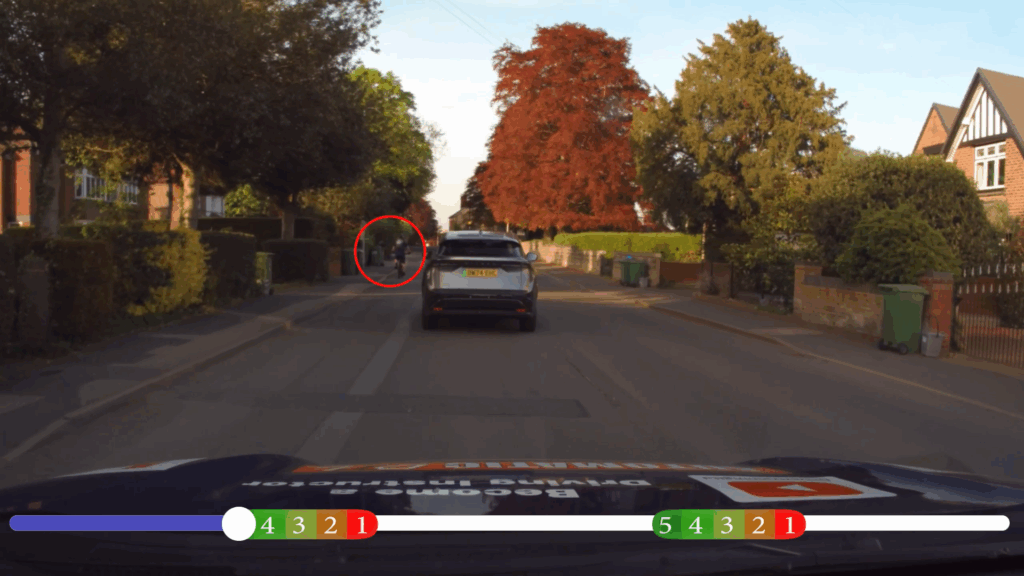A complete Guide To Hazard Perception in the Hazard Perception Test—a key part of the UK theory test—you’re expected to identify developing hazards while watching short video clips from the driver’s perspective. These are situations where you would need to change speed, direction, or stop. Here’s a breakdown of the types of hazards you might encounter:

Guide To Hazard Perception
🚶♂️ Pedestrian Hazards
- Pedestrians stepping out from between parked cars
- Children playing near the road
- Elderly people crossing slowly
- People using mobility aids or pushchairs
🚗 Vehicle Hazards
- Cars emerging from side roads or driveways
- Vehicles changing lanes suddenly
- Motorcyclists weaving through traffic
- Parked vehicles blocking your lane
- Emergency vehicles approaching
Guide To Hazard Perception
🐶 Animal Hazards
- Animals on or near the road (farm animals, pets, or wildlife)
- Horses and riders—especially on country roads
- Stray dogs or cats darting into the road
🛠️ Road and Environment Hazards
- Roadworks causing sudden narrowing or obstruction
- Temporary traffic lights or diversions
- Mud, water, or oil on the road
- Debris or obstacles like fallen branches or cones
🌧️ Weather-Related Hazards
- Rain reducing visibility or causing surface water
- Fog making it difficult to see other road users
- Ice or snow affecting stopping distances
- Glare from low sun
Guide To Hazard Perception
🚴♀️ Cyclists and Motorcyclists
- Cyclists swerving to avoid potholes
- Riders overtaking or riding close to the kerb
- Delivery riders stopping suddenly
🚦 Junction and Traffic Hazards
- Drivers turning without indicating
- Sudden braking at roundabouts or crossings
- Traffic backing up unexpectedly
- Poorly marked junctions or faded road markings
⛔ Unpredictable Human Behaviour
- Drivers ignoring traffic signs or signals
- People arguing at the roadside or looking distracted
- Someone opening a car door suddenly into traffic
🕵️♂️ Tip for Test Success:
You’re scored on how quickly you spot the developing hazard—the earlier you click when a hazard begins to unfold, the higher your score (up to 5 points per clip). There’s usually one developing hazard per clip, but one clip will have two.